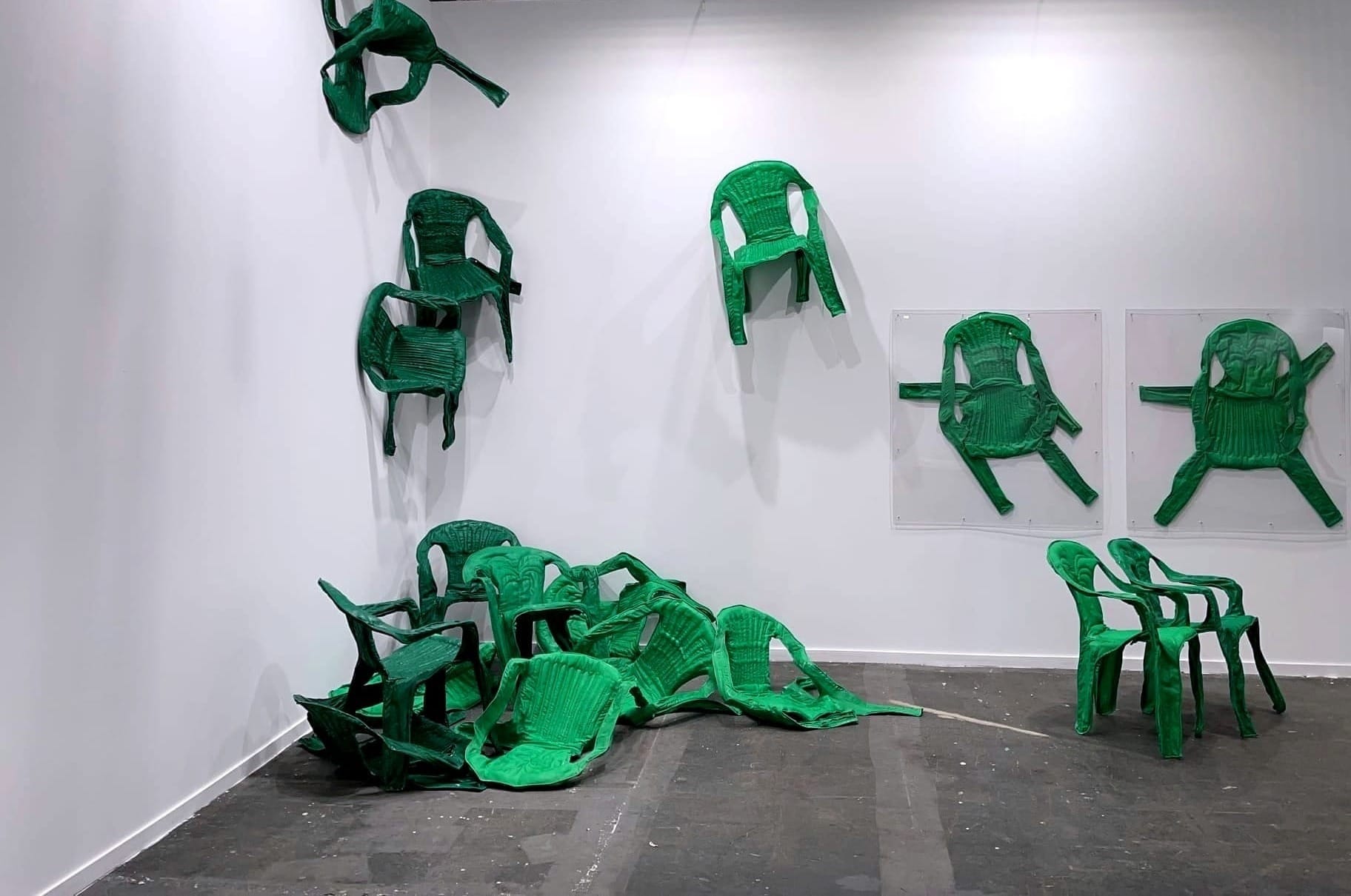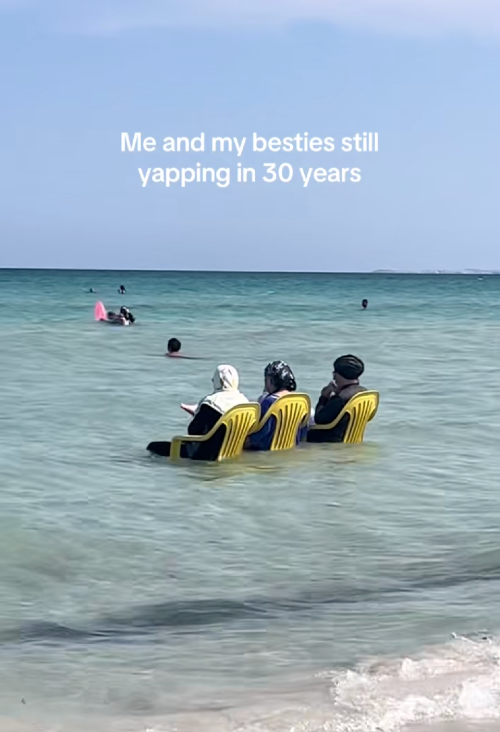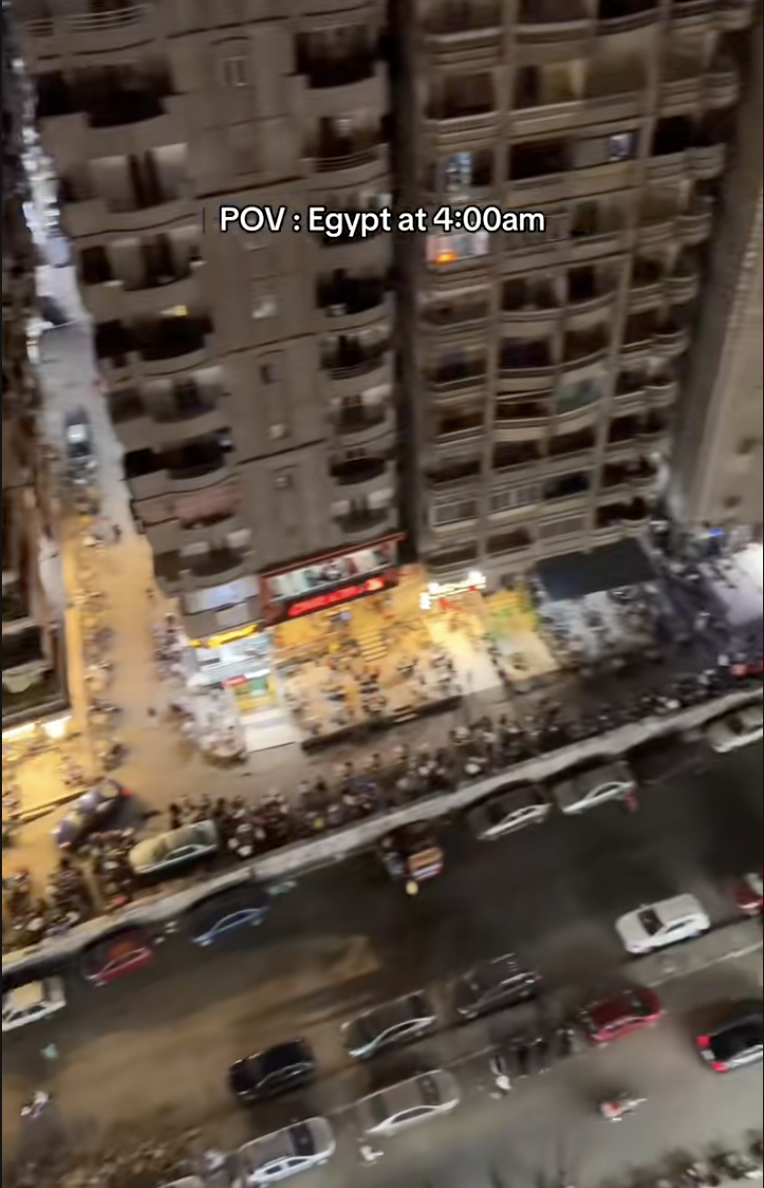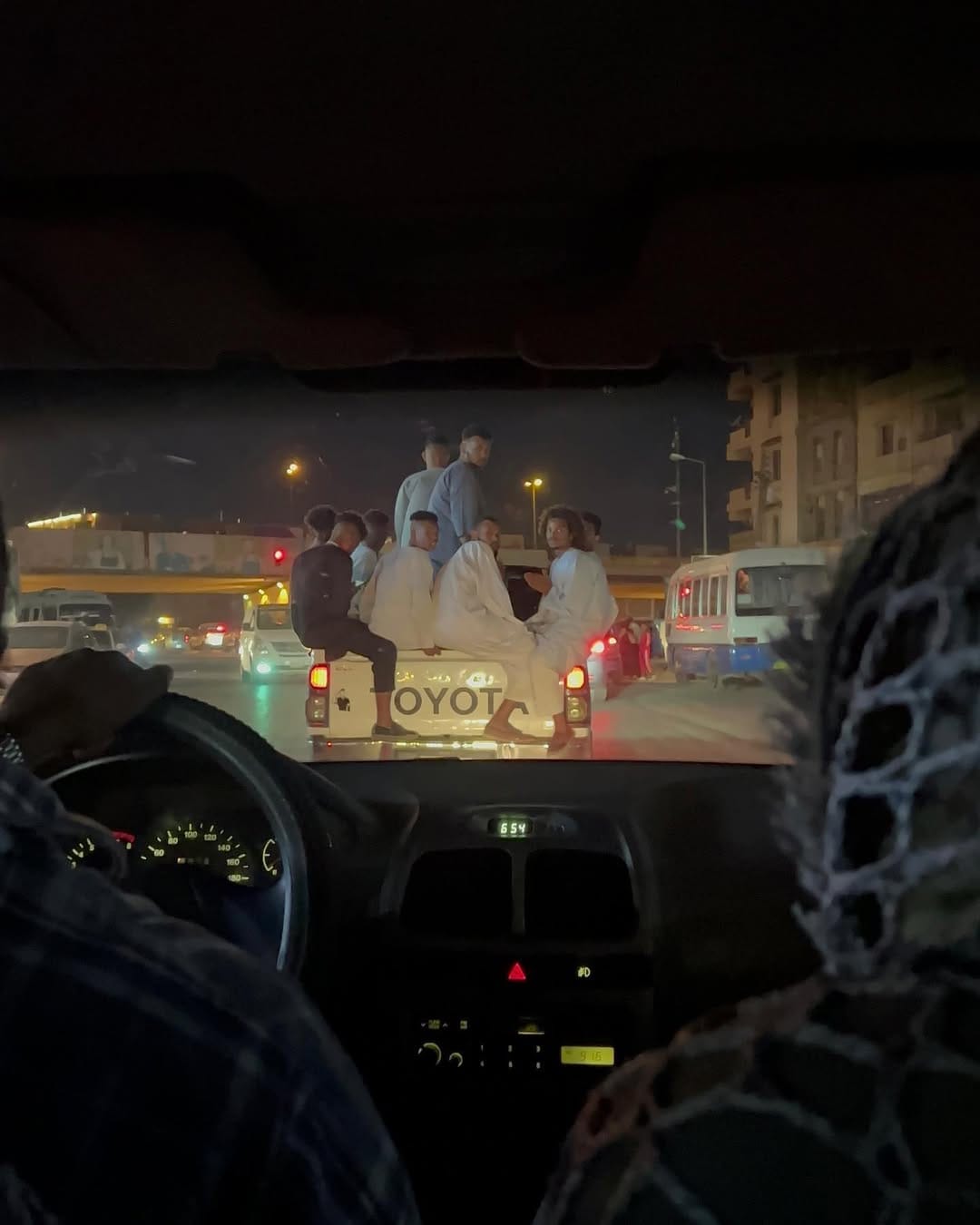
In The Viral Aesthetics of Poverty, Jon Jacobsen captures how makeshift public and domestic objects – from a Yeezy Foam Runner toothbrush holder to plastic-bottle “lightbulbs” – stand out against mass-produced product design. These chimera-like objects, born from necessity, fuse unlikely materials and functions together to reignite usefulness and increase their users’ chances of survival.
Ironically, the same environment eroded by discarded plastics and carbon emissions from fast-objects is also where intuitive folk-design and folk-architecture emerge, giving everyday items new destinies.
Angolan interdisciplinary artist Sandra Poulson explores this same logic of necessity through her installation Hope as Praxis. For Poulson, hope is the fundamental resource for progress in Luanda. Her work features fabric-coated plastic chairs at every stage of collapse – broken legs, bent backs, fully unusable frames. These disposable garden chairs, designed for replacement, are instead adapted and stitched together, extending their life well beyond planned obsolescence. Each patched chair embodies the hopeful phrase espera condição – “waiting for conditions” – where survival and optimism become inseparable.
Recently in Cairo’s Zamalek district, which I wrote about on my Substack Soft Systems, I noticed makeshift stools, chairs and tables made from cement blocks, scrap wood and discarded furniture, all with a Frankenstein-like quality. Most visible was the iconic monobloc chair, which appeared on nearly every street. Designed to last only months, the chair is continually revived and reimagined, serving as an anchor for Cairo’s street culture and social life.

Architect Shahed Saleem calls this kind of practice “folk-architecture”: spaces and objects created through local intelligence, vernacular materials and communal effort. In Cairo, authorship disappears entirely. No designer, no blueprint, no brand deck – just the cultural imperative to keep the streets social. That imperative becomes the instruction manual, creating new uses for existing objects.
Where The Viral Aesthetics of Poverty emphasises necessity as the mother of invention, what I saw was creativity, anonymity and social impact. Egyptians are poetic, hospitable and wired for connection. Unsurprisingly, they create improvised “systems” that sustain these values.
One such example is the spotaya – when young people transform cars into impromptu third spaces, parked along informal streets to prolong nightlife into the early hours. The vehicle is less important than the culture of togetherness it enables. (It’s also a meme at this point.)
I saw echoes of this again in Khartoum, where the back of a pickup truck becomes a multigenerational conversation pit.


A local in Cairo shouts “Get inside sleep! What’s this?” as he overlooks a bustling street from his balcony (left), and pickup truck in Khartoum, by Dinan Al Asad (right)
Across these environments, the monobloc chair stands out as an unlikely cultural hero. It is resilient, adaptable and, above all, social. Activated by its users, it turns waiting into an act of communing. It demonstrates that objects can outgrow their intended lifespans to become part of a wider cultural system – extending their lifecycle to extend community itself.
This raises a provocation: if Cairo and Khartoum show how improvised design can sustain culture, what might Western cities learn? What would it mean to treat our public furniture, nightlife infrastructures and everyday objects not as disposable but as social infrastructure – vessels of cultural capital that bind communities together?
Cultural capital isn’t built through pristine design alone, but through objects and systems that foster connection. These improvised forms show that culture thrives where creativity meets necessity. The future belongs to those who design for repair, improvisation and social use, not just consumption. Brands that want to stay relevant should ask not “how long will this product last?” but “how long can it live through others?”
| SEED | #8345 |
|---|---|
| DATE | 21.08.25 |
| PLANTED BY | MOHAMED AHMED |


